MrMbss1
TPF Noob!
- Joined
- Apr 11, 2015
- Messages
- 30
- Reaction score
- 3
- Can others edit my Photos
- Photos OK to edit
I've recently upgrade to a 70D from a 50D, but I don't want to put my 50D away for storage and never see it again, neither do I want to sell it. I want to take astrophotography shots with it.
I'm aware of all the basics of astrophotography, that space emits more UV/IR than the visible part of the spectrum that the human eye sees.
My question is about the internal filter of the camera. I'm most likely to get a professional to do it, since I don't own a soldering tool nor the balls to risk the camera not working afterwards.
Do you get the internal filter removed, and just go filterless or is there a replacement 'filter' that doesn't filter any of the spectrum off?
I'm assuming you can get lens filters that would filter the UV/IR light off, if needed. Is that correct?
I'm aware of all the basics of astrophotography, that space emits more UV/IR than the visible part of the spectrum that the human eye sees.
My question is about the internal filter of the camera. I'm most likely to get a professional to do it, since I don't own a soldering tool nor the balls to risk the camera not working afterwards.
Do you get the internal filter removed, and just go filterless or is there a replacement 'filter' that doesn't filter any of the spectrum off?
I'm assuming you can get lens filters that would filter the UV/IR light off, if needed. Is that correct?


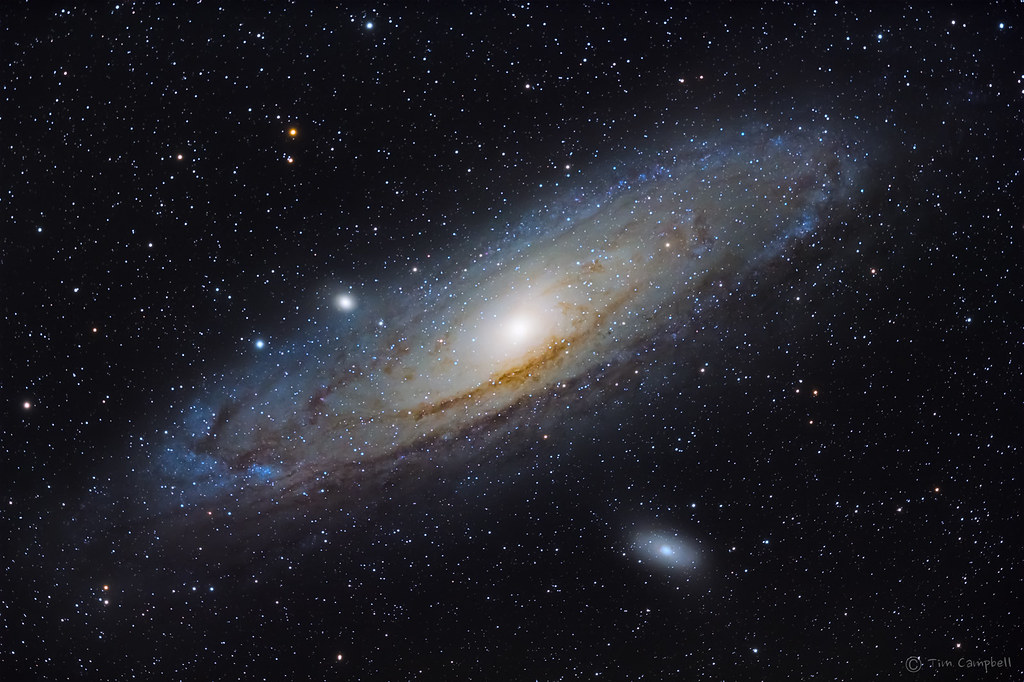
![[No title]](/data/xfmg/thumbnail/36/36671-ba19a0fe0bbdae492df3a43fbee5497c.jpg?1619737676)
![[No title]](/data/xfmg/thumbnail/37/37101-cf094d75976427b415711e9c9955c8a3.jpg?1619737881)
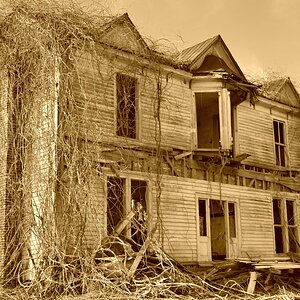
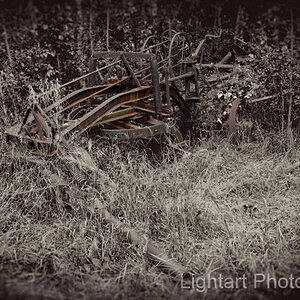

![[No title]](/data/xfmg/thumbnail/41/41821-2e92de82ffc4cd2d520a8fa10fb8b6a5.jpg?1619739905)
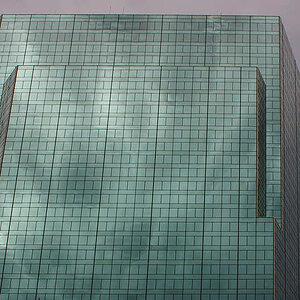
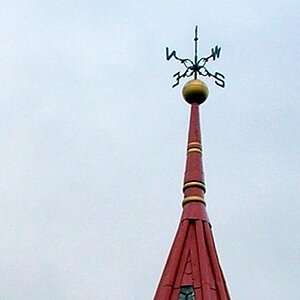


![[No title]](/data/xfmg/thumbnail/42/42064-76de02ee1a248037351c52c414af9bab.jpg?1619739997)
![[No title]](/data/xfmg/thumbnail/37/37103-871e5d39d6f585e3019a4e25eb2ee935.jpg?1619737882)